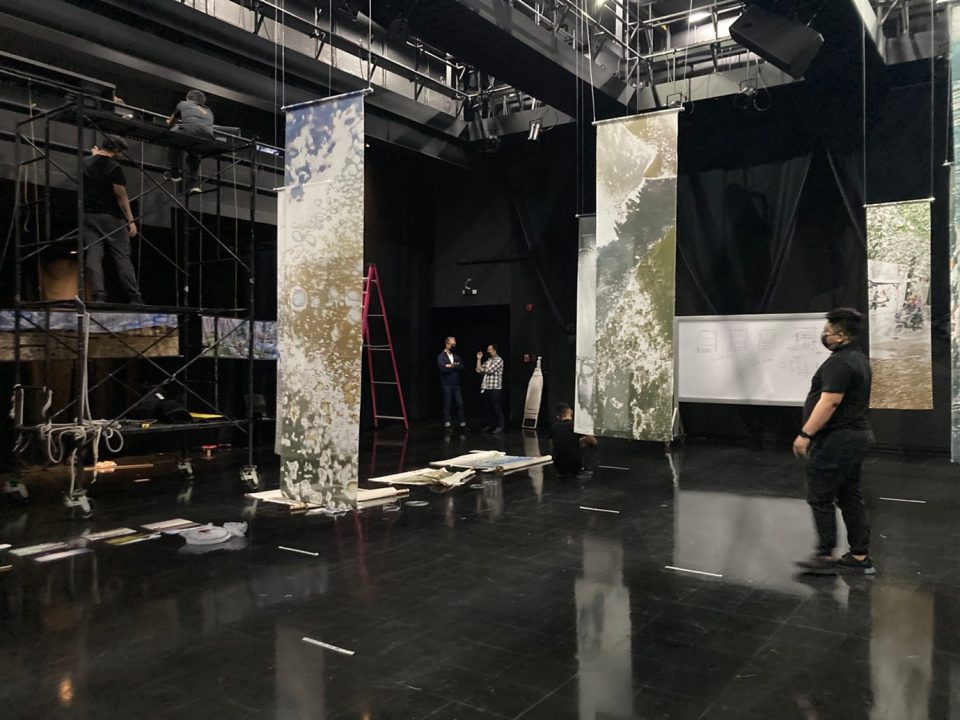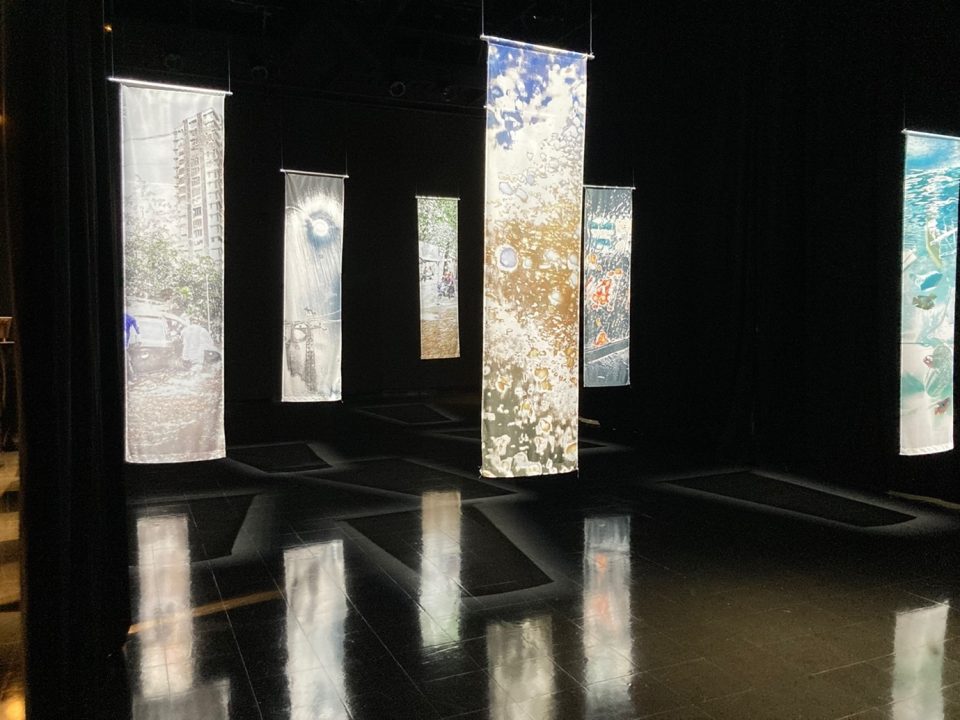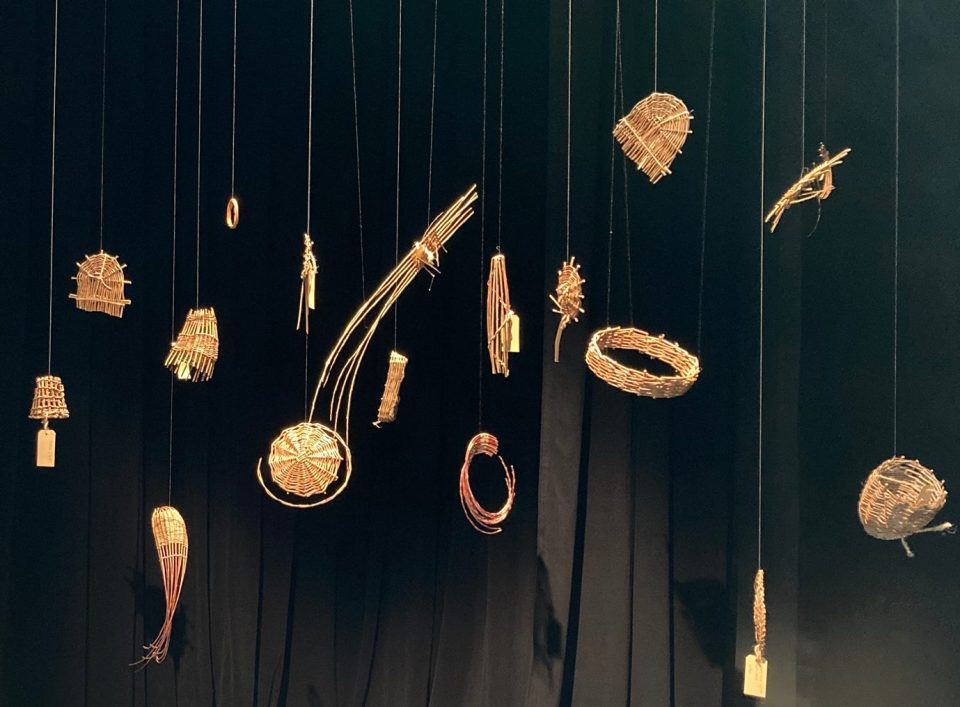Island groundwater management in the Philippines: part two — Bacolod
In the second part of their Philippines update, BGS’s Andy Barkwith and Andy McKenzie meet up with other BGS staff members to continue their outreach work.
23/05/2023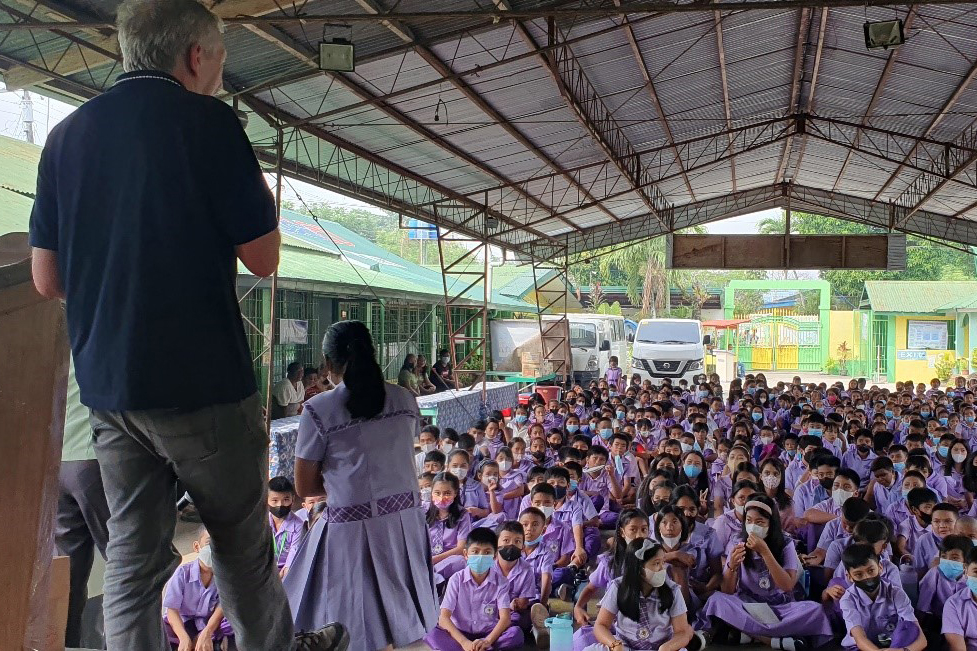
The white sands of Boracay were now 300 km behind us as we touched down in Manila to meet BGS’s Majdi Mansour, Susanne Sargeant and Nicole Archer (along with her five bags and 60 kg of luggage, for an art exhibition later in the week). The BGS team was now five strong, which was useful as we were going to be busy over the next 10 days.
Monday started at 02:30 and everyone had the same bleary-eyed look that was becoming a common theme on this trip. A long journey was on the cards and the packed breakfast provided by the hotel left a lot to be desired. The team were beginning to question why they’d signed up to this sleep-deprived trip, when spirits were lifted by the Ateneo de Manila University (ADMU) team joining us.
We reached Bacolod in time to catch our second breakfast of the day, eaten with our host’s family in a traditional Filipino home. For those who were there, this breakfast was perhaps the pinnacle of all other breakfasts in our lives! Our next stop was a primary school in Isabela where we were running a groundwater education event with 500 students. Sleep deprivation, language barriers and being put in charge of half a thousand students, what could possibly go wrong?
Very little, as it turned out. Andy M got started with a talk about groundwater and the hydrological cycle with a translator who would have been at home warming up a gig crowd of 20 000. Following this everyone broke into six groups, running a range of experiments with buckets, sand, pumps and food dye, with teachers translating to the children. The team had lunch with the school principal, where letters were handed over from Radcliffe-on-Trent Junior School (UK), who want to form a new international partnership. Finally, it was time to head back to Manila and the following five hours were a blur of heavy rain, mangos, noodles and soft snoring.
Back in Metro Manila: art, networks and workshops
Tuesday started with breakfast, blue sky and bright sunshine. Had the visit to Bacolod been some sort of collective dream? The blue and red food dye on our fingers told us otherwise. Nicole had already left to continue setting up her art exhibition (due to open that evening) and the rest of the team headed to the ADMU campus, where Majdi was delivering the first part of the MODFLOW model training. With visits to the British Embassy and British Council the following day, Susanne and Andy M were busy preparing presentations.
The training session ended at 17:00 and we headed across campus to meet Nicole, not knowing what to expect. Wow, it was hard to comprehend that those bags at the airport had contained so much amazing and evocative artwork! We didn’t manage to catch up with Nicole until later that evening as she was too busy liaising with city mayors and government officials. A couple of hours later, Nicole managed to relax after her busy event and over dinner let slip that one of the abstract art pieces was hung upside down. Don’t worry Nicole, it can happen to the best of us.
Nicole’s perspective
I had 10 members of staff assigned to help me set up the exhibition. There was a lot to do and very little time to create an exhibition within an empty black box, the Doreen Theatre, in the Ateneo Art Gallery. Luckily, the theatre team worked like a well-oiled machine under the direction of D Cortezano.
D had the perfect booming voice of a theatre artist and it was put to good use in directing his team to work in unison within the high-tech 3D space of the Doreen Theatre. Back in the UK, the exhibition was just a concept within the pages of a PDF document, but now the exhibition ‘Living with Water’, created from collaborative work of Ateneo de Manila University, the University of Vietnam, BGS and Queen Margaret University (UK), was to become reality. All this was made possible through funding from the ADMU Hub of Creativity and Innovation and a grant obtained by Aleen Guzman, our lead Filipino partner.
Back in the Doreen Theatre, curtains were rearranged and hung from the ceiling catwalk to divide the room into three spaces. Space 1 contained six large textile artworks suspended from the ceiling and ten underwater film stills, introducing three rivers from the Philippines, Vietnam and the UK. Space 2 showed eight 2 m-high textile images that were hung from the ceiling and catwalk frames, with spotlights positioned to shine through each image. Within this space, audio played the voices of people narrating their experience of being flooded by the rivers that had been introduced in Space 1. Space 3 was laid out as a participatory area to enable visitors to think about the relationship between people and rivers, and question how we need to change this relationship if we are to become more resilient to flooding in the future. The final touch was adding the information boards containing QR codes so that viewers could read extra information from the Living with Water Exhibition website.
By 16:45 we were ready for the opening and it was time for that long-waited lunch.
Later, the upside-down artwork was adjusted (thanks Andy for that!). Fortunately, it was not a famous Mondrian painting! Over four days, 300 people came to the exhibition and two creative workshops with ADMU’s environmental science students took place within Space 3. Overall, the exhibition had extremely positive feedback and we will be continuing to foster more creative collaboration between ADMU and BGS.
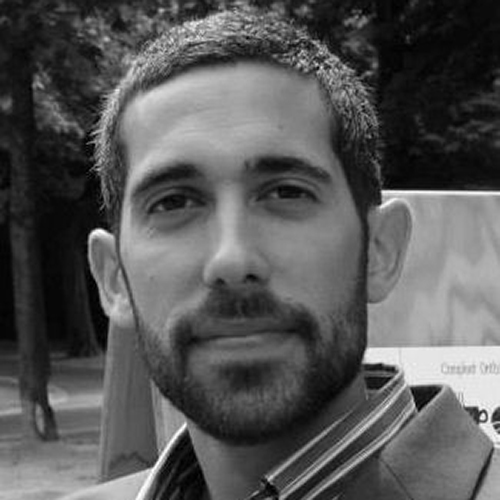
Dr Andrew Barkwith
Associate Director of Operations
Nicole Archer
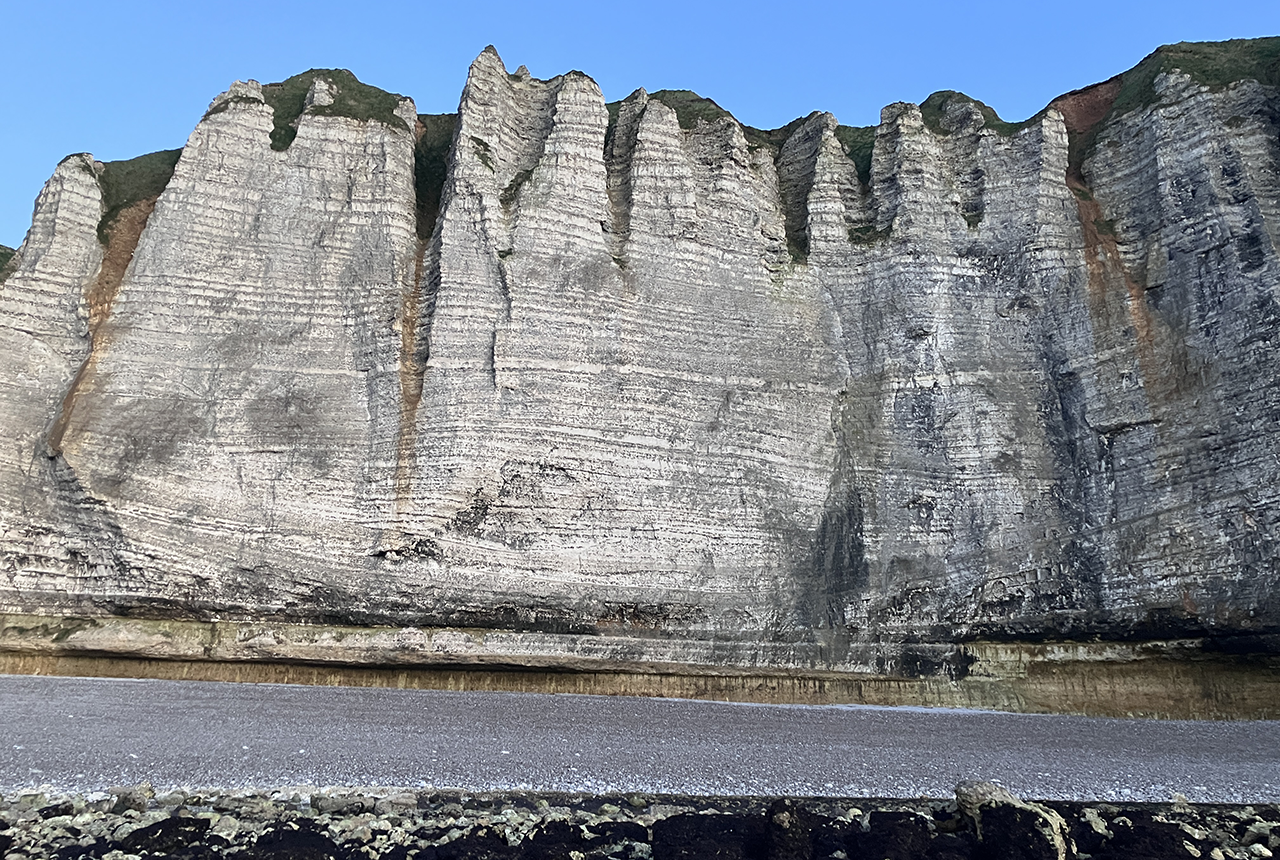
Geology sans frontières
24/04/2025
Geology doesn’t stop at international borders, so BGS is working with neighbouring geological surveys and research institutes to solve common problems with the geology they share.
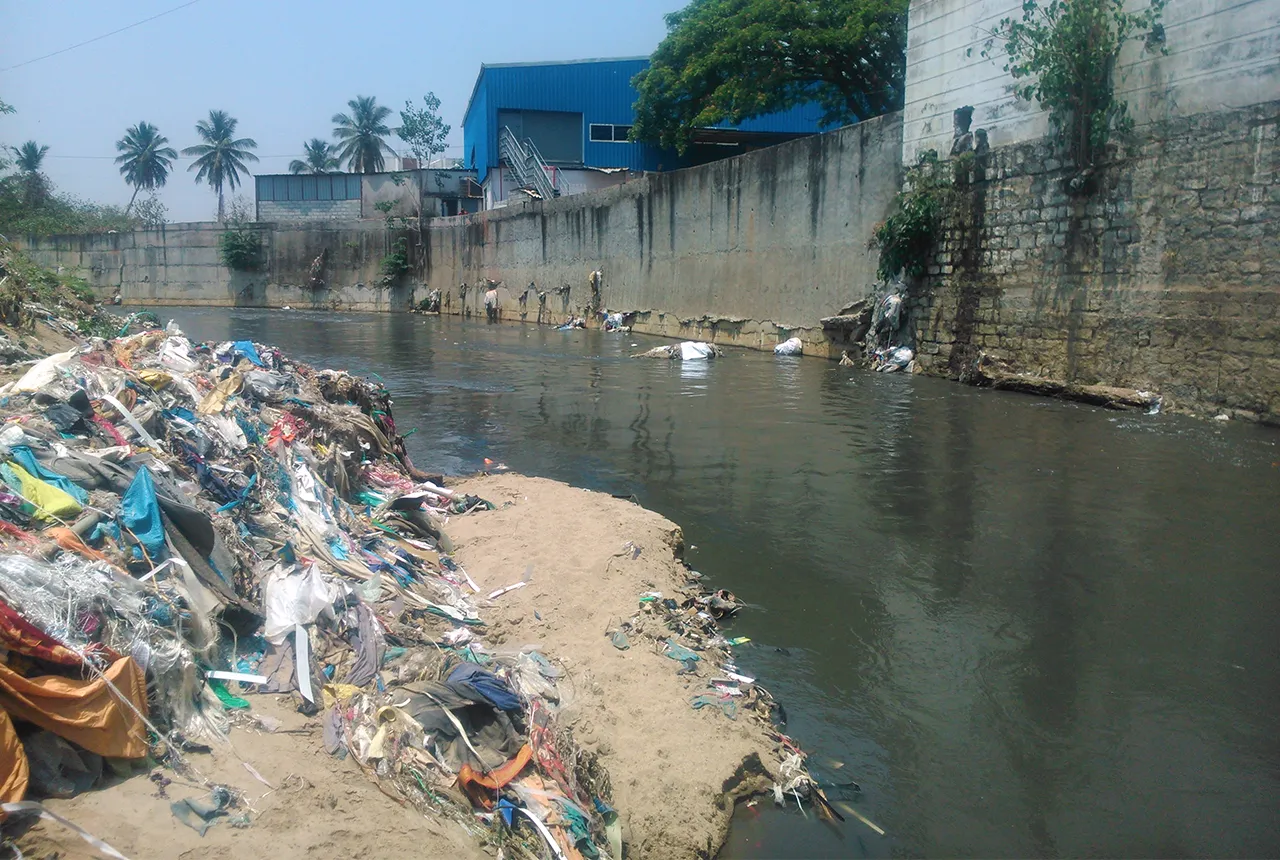
Presence of harmful chemicals found in water sources across southern Indian capital, study finds
10/03/2025
Research has revealed the urgent need for improved water quality in Bengaluru and other Indian cities.
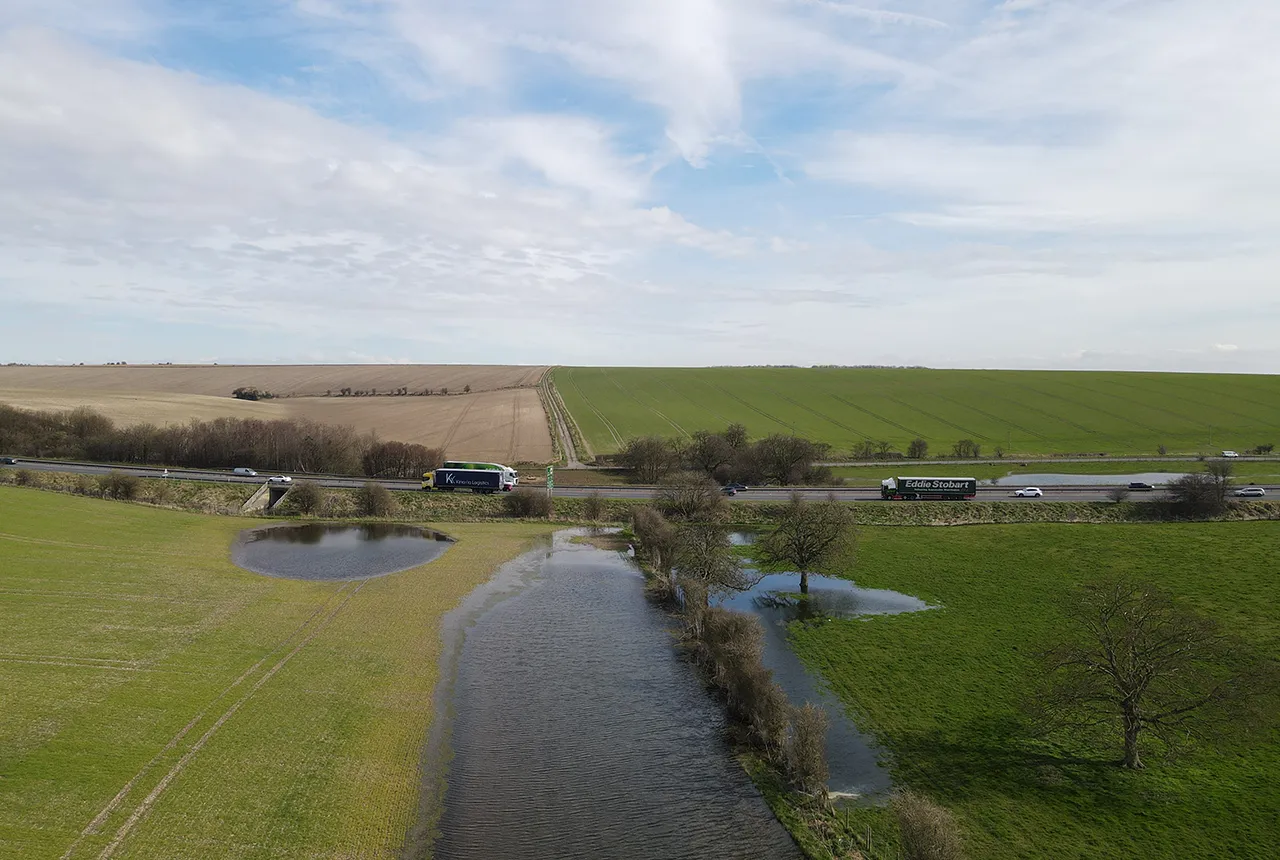
Pioneering tool expanding to analyse agricultural pollution and support water-quality interventions
06/02/2025
An online tool that shows which roads are most likely to cause river pollution is being expanded to incorporate methods to assess pollution from agricultural areas.
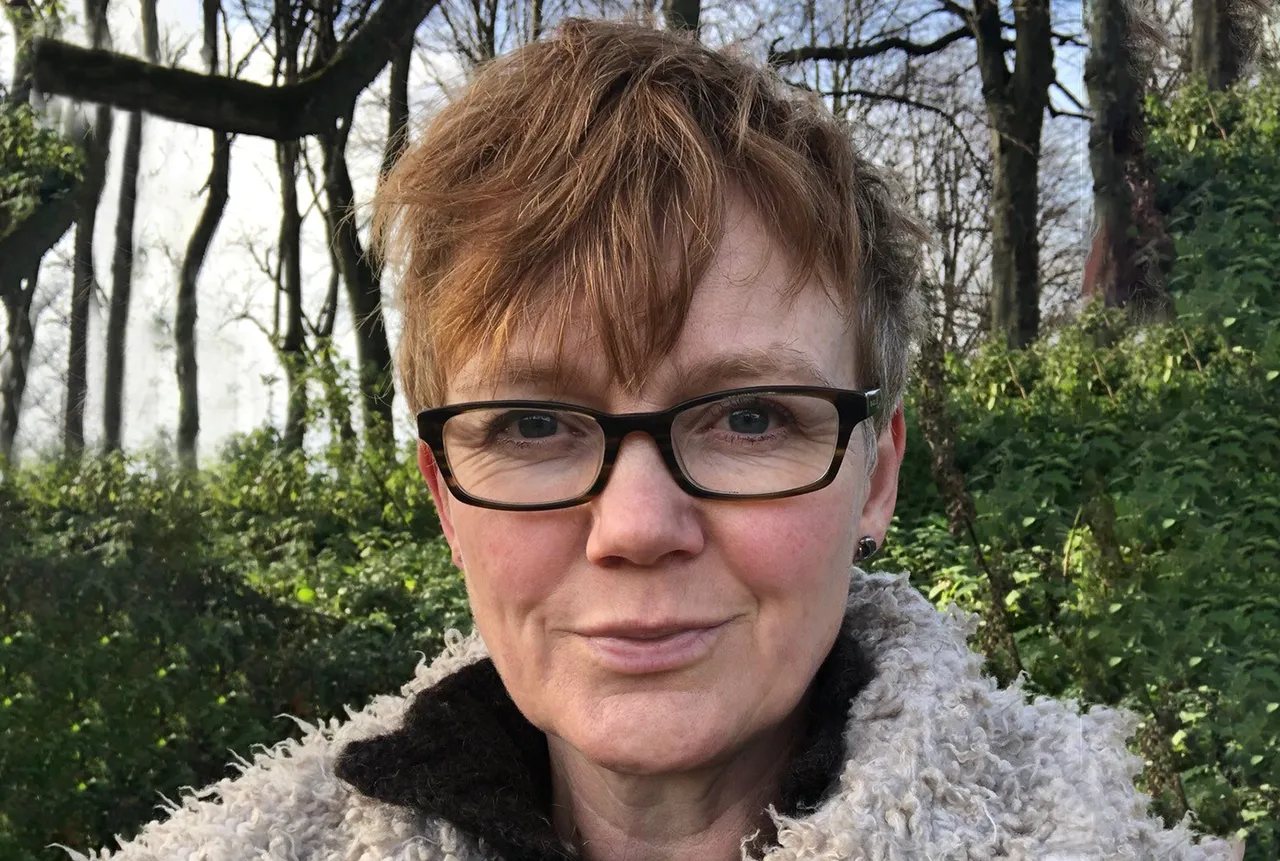
Brighid Ó Dochartaigh honoured with prestigious Geological Society award
27/11/2024
A recently retired BGS employee has been honoured for her contribution to the hydrogeological community.
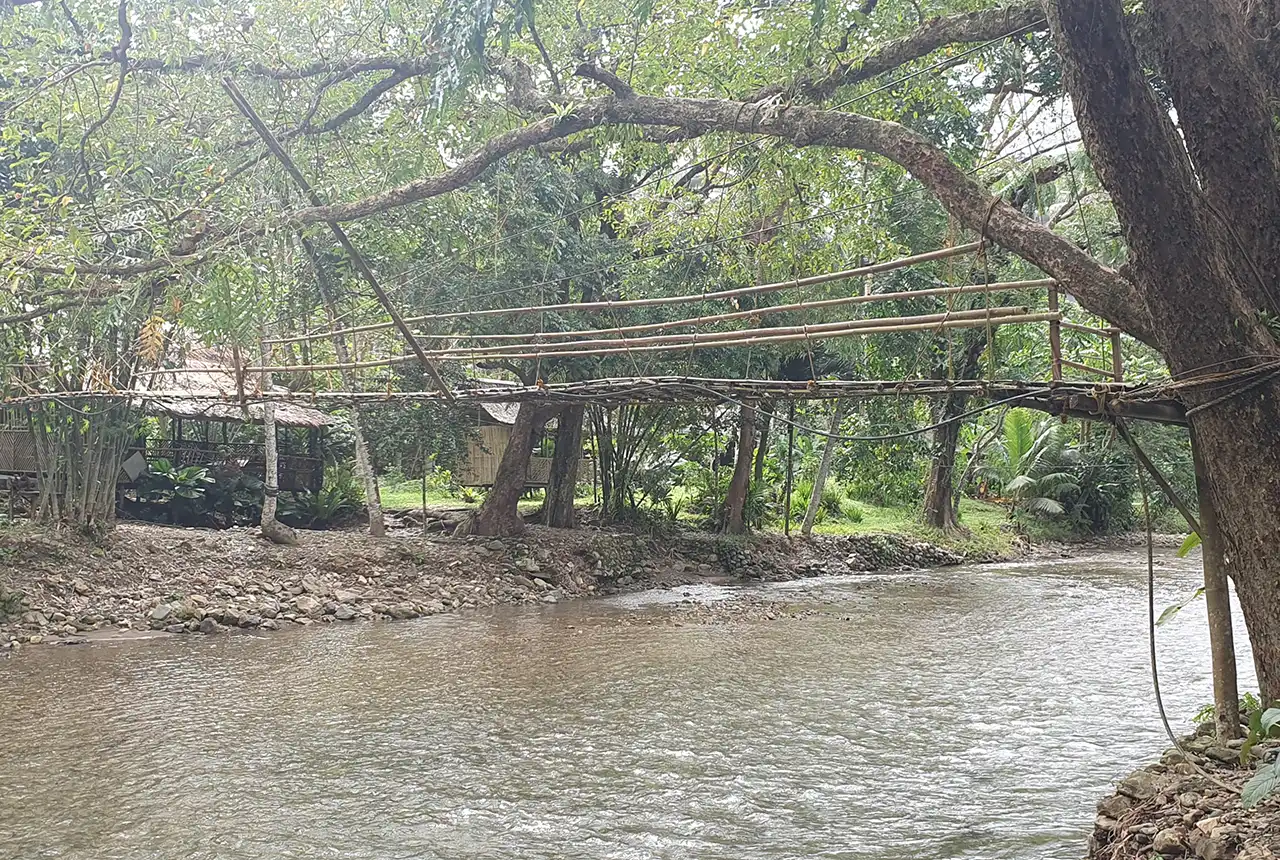
UK–Philippine partnership to help tackle the challenges of future water security in the Philippines
07/11/2024
New ‘hydrological hub’ to foster research and provide essential national water management datasets and tools.
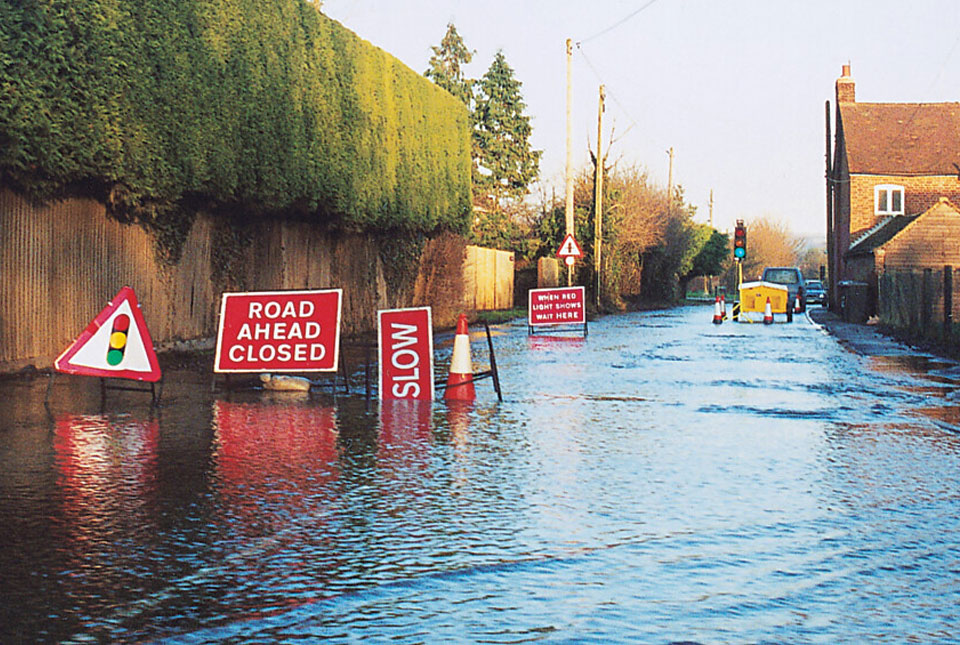
BGS Groundwater Flooding Susceptibility: helping mitigate one of the UK’s most costly hazards
25/09/2024
Groundwater flooding accounts for an estimated £530 million in damages per year; geoscientific data can help to minimise its impact.
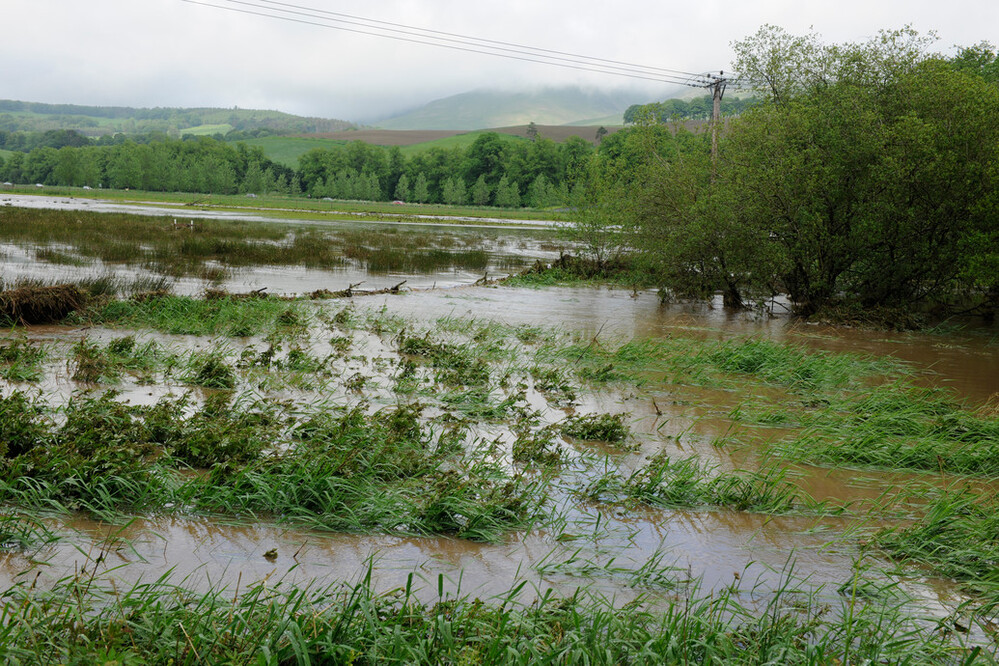
New £38 million project to reduce the impact of floods and droughts
02/09/2024
BGS will take a leading role in efforts to better predict the location and effects of extreme weather events.
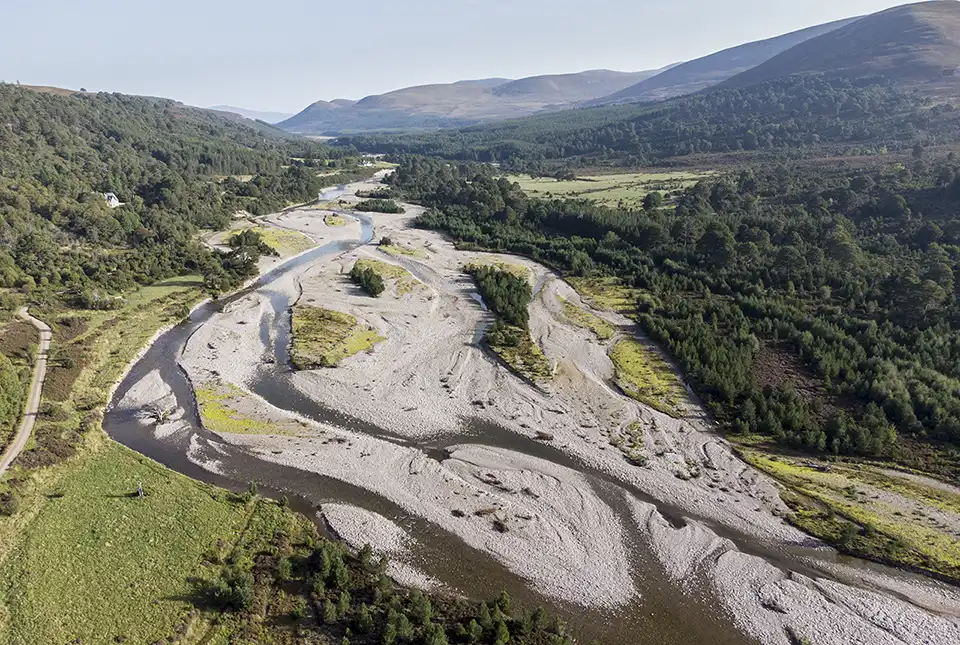
Warnings for Scottish farmers and distillers as new data indicates climate change may double number of droughts
23/07/2024
The agricultural and distilling sectors could face significant challenges after research finds the number of droughts in Scotland may double in the next 25 years.
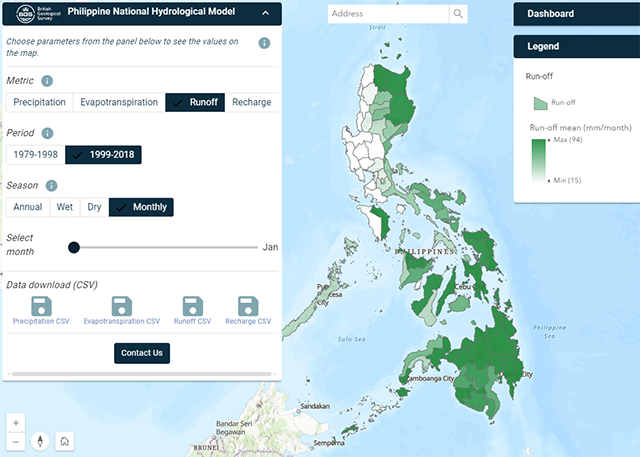
Philippine Hydrological Model
The first national-scale hydrological model of the Philippines.

Glacial, periglacial and permafrost modelling
Glacier ice and permafrost have important implications for global water security and energy infrastructure
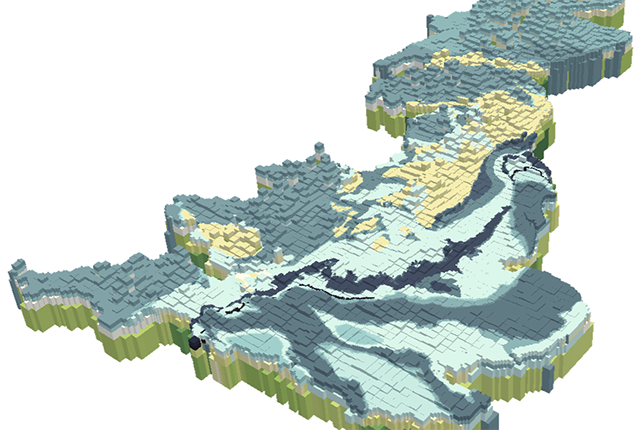
British Groundwater Model
A unique tool for simulating groundwater resources at the national scale.
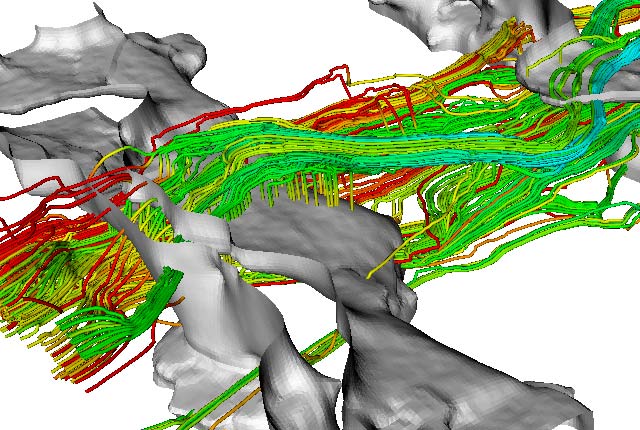
Environmental modelling
Advancing the understanding of environmental systems through innovative modelling techniques and interdisciplinary research.



